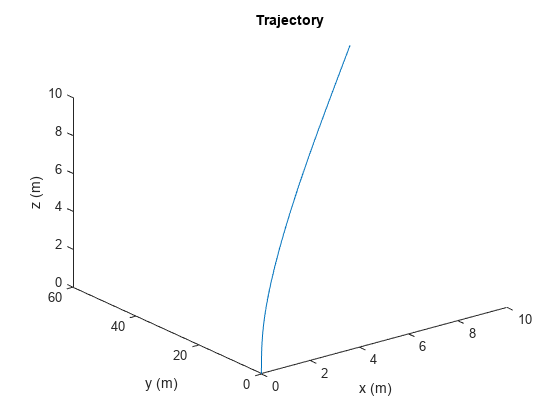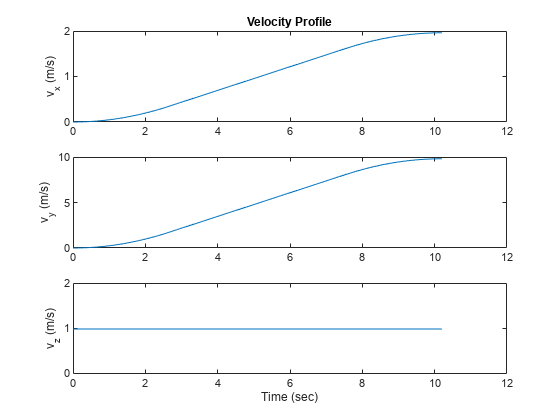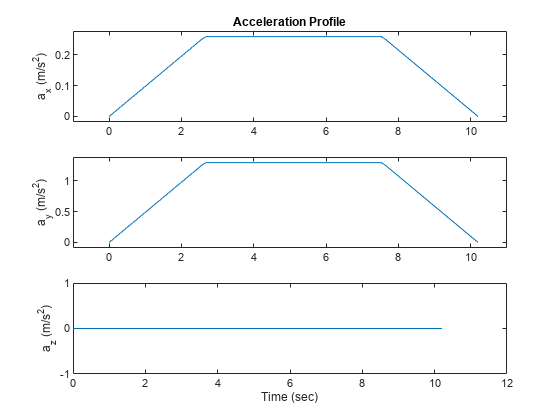lookupPose
Obtain pose information for certain time
Description
[
returns the pose information of the waypoint trajectory at the specified sample times. If
any sample time is beyond the duration of the trajectory, the corresponding pose information
is returned as position,orientation,velocity,acceleration,angularVelocity] = lookupPose(traj,sampleTimes)NaN.
Examples
Input Arguments
Output Arguments
Version History
Introduced in R2019b


